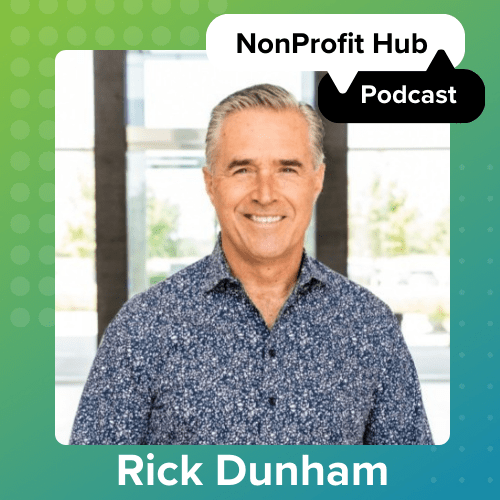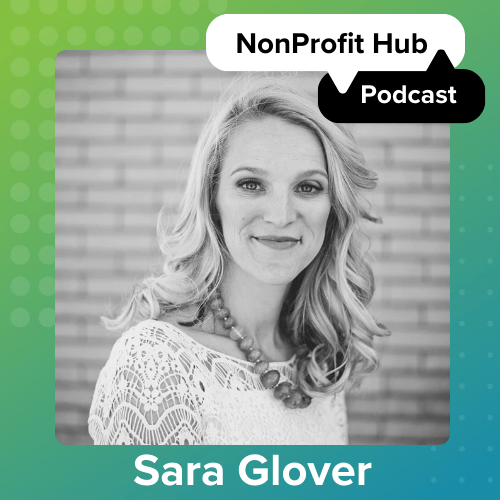This article was originally published in the Nonprofit Hub magazine.
I always find it a little funny when I hear someone say, “The future is now.”
My immediate thought tends to be, “But what does that even mean?” Frankly, it sounds like somebody is trying to be a little too philosophical. I liken it to when someone is sharing “the secret to life,” but really just spewing nonsense.
This common phrase should be shifted to, “The future depends on the now.” Or, as Mahatma Gandhi put it, “The future depends on what you do today.”
This much rings true for your nonprofit organization and the next generation of do-gooders. Succession strategy planning needs to start today. While succession planning sounds intimidating, it simply means putting a plan in place for choosing the new leaders in your organization and giving them the tools they need to succeed.
Take a good, hard look around your organization. These are the people who have your back; these are the people who understand your mission – and they could be the next generation of leaders for your organization.
Set aside time to think about who’s up to the plate and will become that next generation. Murphy’s law states, “anything that can go wrong, will go wrong.” Let’s talk about why we need succession planning, how to do it and the best places to look for new talent.
Why succession planning is vital
In the 2016 Nonprofit Sector Leadership Report, Marc Pitman found that 77 percent, or 3 out of 4 nonprofits, said they did not have formal succession planning in place. This number is insane when you think about all of the aspects you can’t control with leadership leaving or even an expected leave with no formal process in place. Your organization should be alarmed if you don’t have succession planning strategies in place, but also know you’re not alone.
Picture this: your executive director is offered a new position right in the thick of your biggest fundraiser of the year. Without a succession plan in place, that sends your organization into full-on crisis mode.
Do you think you’d stop the fundraiser to find an executive director? Absolutely not. Do you think funders will ask questions as to why there’s no executive director and what you’re going to do about it? Absolutely.
Maybe you’re convinced your executive director wouldn’t do that to you. Just remember that life happens – spouses get new jobs in different cities, people decide to retire earlier than expected and so on.
Plus, it’s important to remember that succession planning isn’t just about the unexpected happening, although this helps with that. Succession planning is vital because it sets your organization up for years to come. It helps identify potential leaders to ensure a long and healthy life for your organization. Think of it as a wellness program for your nonprofit.
It takes a village
Welcome to another episode of “Whose job is it anyway?” Where you’ll need to make everything up, probably come up with a points system for evaluating prospects – and the points will matter. Now that we know why we need succession planning, who needs to step up and make it happen?
Maybe you’re the marketing manager sitting there thinking, “Clearly this article doesn’t apply to me.” Au contraire.
It’s true, the primary party concerned with succession planning is the Board of Directors, our all-powerful governing body. But while board members should be heavily involved in your organization, they simply can’t be involved in every aspect of the day-to-day grind. So if you’re a staff member sitting back thinking you don’t have a part in this process, you’re wrong.
Board members will most likely seek guidance from you. Some boards will even weigh heavily on your opinion. And if you don’t have any succession planning tactics or processes in place, now is the time to approach your board with the concept. Heck, bring this article with you for moral support.
Plus, who do you think is going to be around to train the newbie once they’re hired? Your organization puts itself into a pickle when you rely heavily on one person and nobody else knows how that person does their job.
Where to start
Write down job duties
A good place to start is to come up with a list of responsibilities and duties from each staff member and board member. Get it all down on paper. Don’t just use the descriptions for the jobs that were posted when you were hired. As you know, positions change and people start to absorb other duties. Try to make these lists as accurate as possible.
Talk about it
I know that nobody loves meetings, but it’s important that once the roles are written down everybody understands who is tackling what. This can be an opportunity to say that you would like to have more responsibilities or put other responsibilities on another team member if it makes more sense. Then you can solidify those job duties.
Cross-train on tasks
Make sure that at least two people in your organization know how to do every single task. Or, if that isn’t possible, make sure you have detailed instructions on specific tasks so that anybody could pick up the manual and learn.
Determine your plan
Talk with your board of directors. Come up with a list of what the ideal executive director would be, the types of skills and traits that person would possess and their past experiences. Outline how you would search for that candidate and how that candidate would be trained.
In an article by Blue Avocado, writers Jan Masaoka and Tim Wilfred perfectly encapsulate the uncertainty of a leadership change by stating:
“More nonprofits are realizing that the executive director transition is a crucial moment in an organization’s life: a moment of great vulnerability as well as great opportunity for transformative change.”
Go out and seize that feeling. Don’t be afraid to be vulnerable because vulnerability means you’re making changes. And whatever you do, don’t put this off. After all, the future depends on the now.






